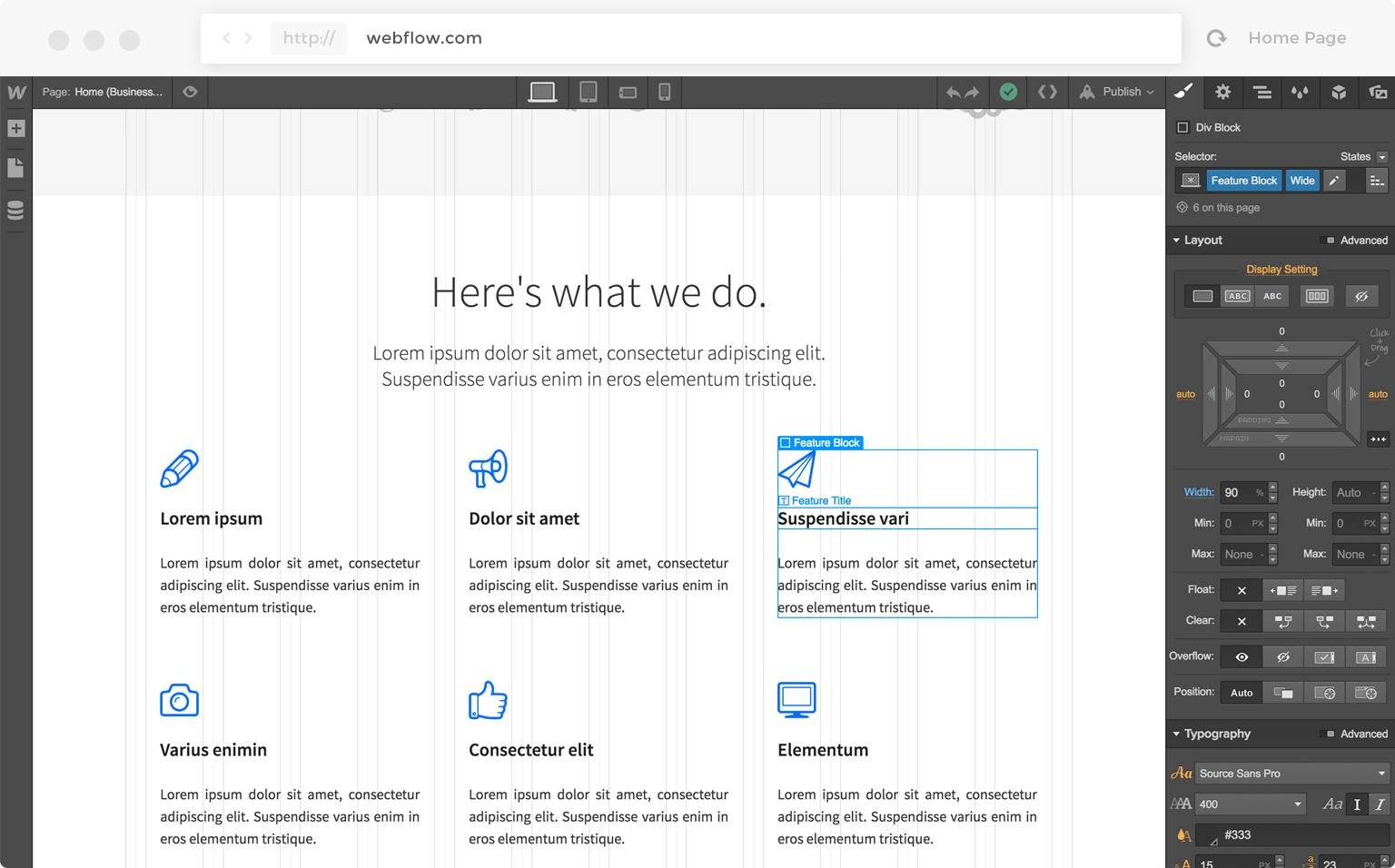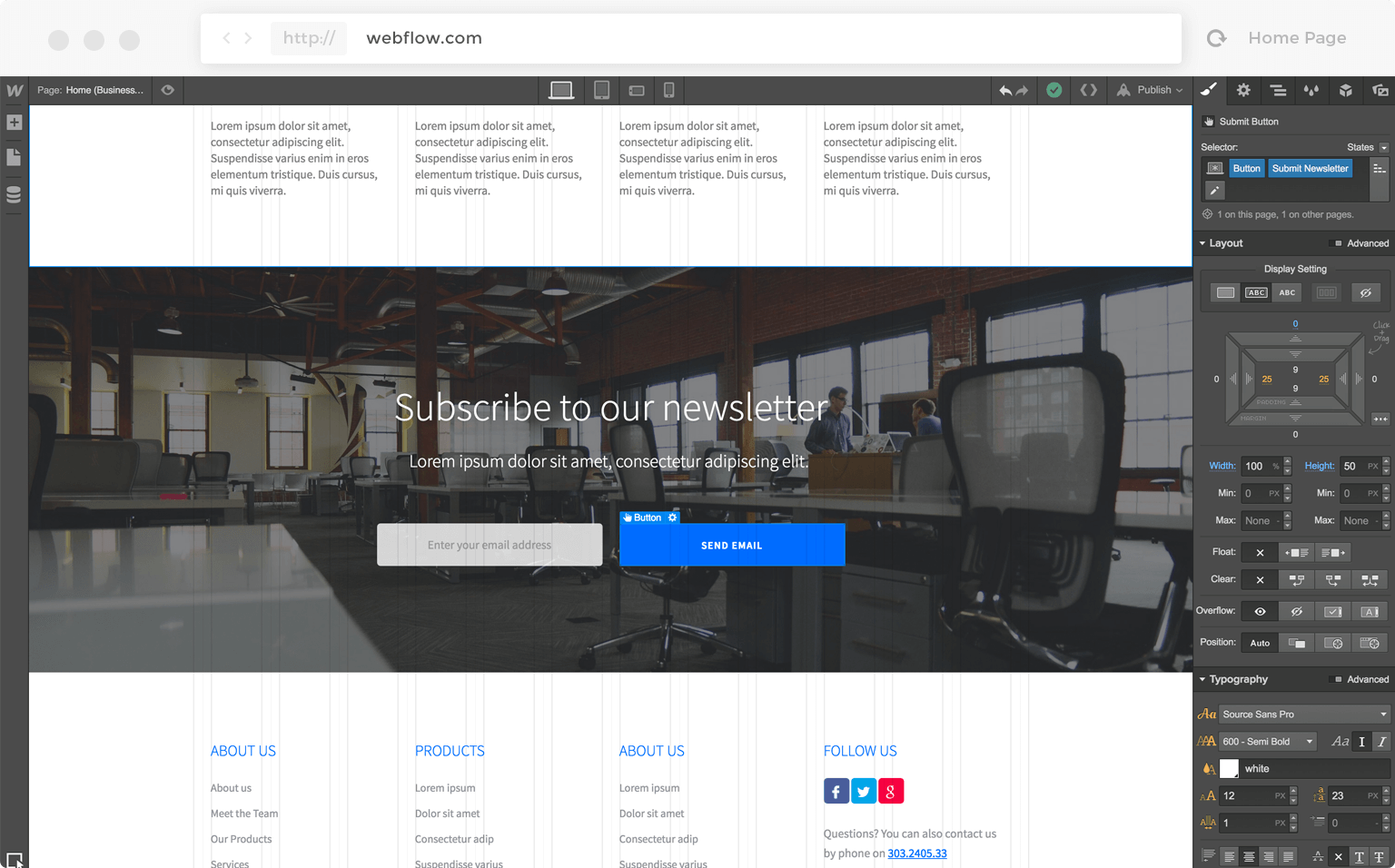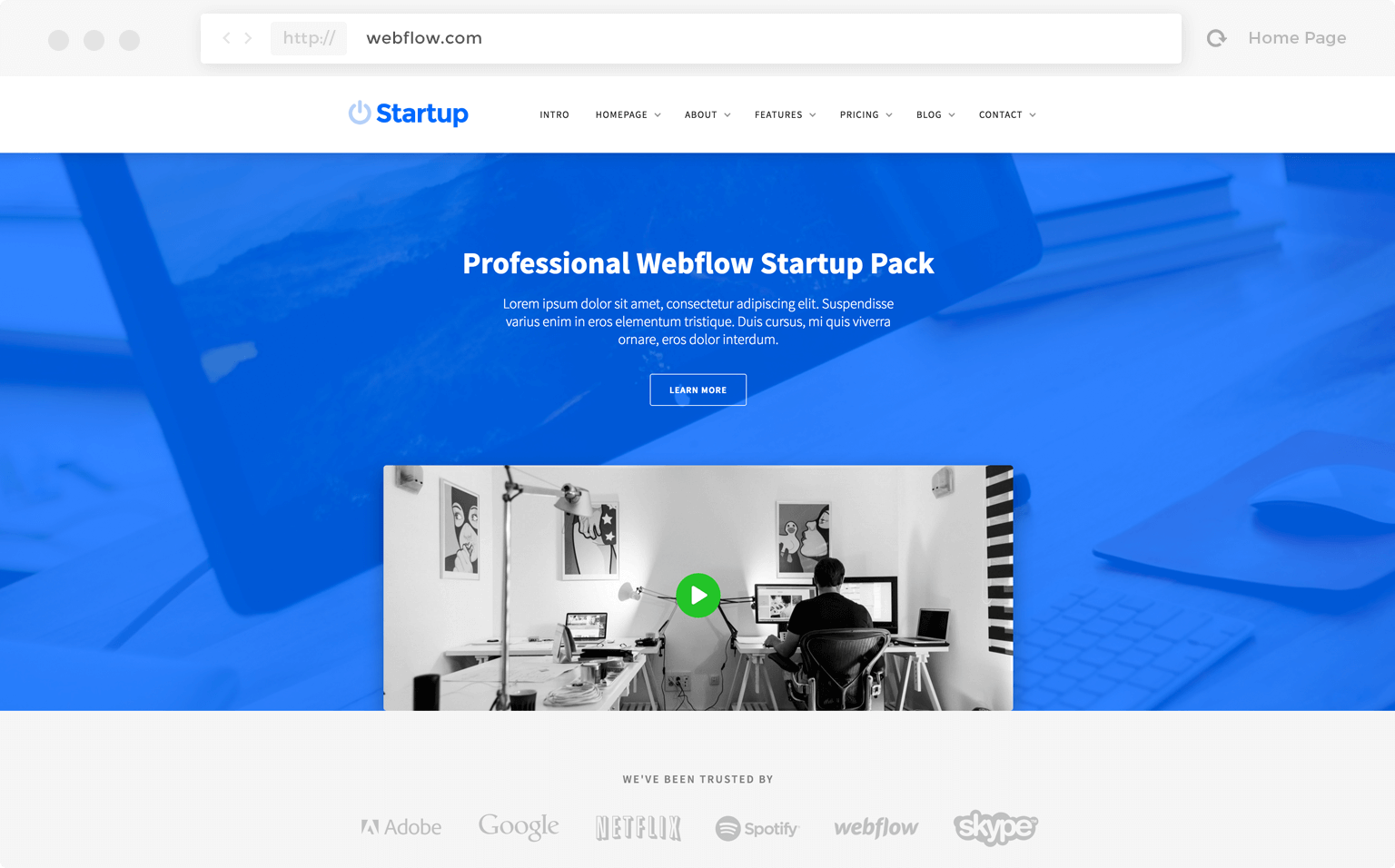
We’ve built dozens of MVPs the hard way. Now we build them the smart way.
We don’t chase but lead trends. We master the stack that gets AI SaaS to market fast.
⚙️ Programming: Python, TypeScript, Go, Java, Ruby
🏗️ Backend: Django, FastAPI, Express, Spring Boot
🗄️ Databases: PostgreSQL, MongoDB, Redis, SQLite
🧠 AI/ML Libraries: TF, Torch, Transformer
🎨 Frontend: React/Next, Vue, Angular
🖌️ UI: Figma, MUI, Ant, Tailwind CSS, Bootstrap
☁️ Cloud: AWS, GCP, Azure, DigitalOcean
🐳 DevOps: Docker, Kubernetes
🔄 CI/CD: GitHub Actions, GitLab CI, Jenkins
🛡️ Authentication: Memberstack, Auth0, Firebase, JWT
💳 Payments: Stripe, PayPal, Paddle, Braintree
🗂️ Project Management: Jira, Trello, Notion, Slack

We don’t cut corners but inefficiencies. Our model delivers high-quality MVPs without the bloated cost.

"A simple scheme for error recovery, which is generally used, is to put all the pieces together in a simple way and see if it works, and if it doesn’t, then modify it until it does. This is an expensive and inefficient method which is prone to failure." - Dr. Winston W. Royce (Manager, Lockheed Software Technology Center)
The requirement definition and design process is a critical phase in software development, as it lays the foundation for the entire project. Many studies have shown that a high percentage of software projects fail or experience significant issues due to mistakes made during these early stages. Errors in requirements or design are often costly and difficult to correct later, leading to project overruns, unsatisfied users, or even complete failure. As the famous saying goes, “Failing to plan is planning to fail.” This underscores the importance of careful planning and rigorous requirement analysis at the outset of any software project.
1 week (Week 1)
Align on scope, define core features, and set up foundational systems.
Tech stack selected, user flows designed, project milestones agreed.
Functional spec doc, UI/UX wireframes, environment & repo setup (CI/CD, staging).
"To me, ideas are worth nothing unless executed. They are just a multiplier. Execution is worth millions." - Steve Jobs (Co-founder and former CEO of Apple Inc.)
The implementation step in software development is where the system design is translated into actual code. This phase is critical because it brings the planned solution to life. Key matters to focus on during implementation include adhering strictly to the design and requirements, maintaining code quality through best practices and standards, effective collaboration among team members, thorough documentation, and continuous testing to catch errors early. Good implementation ensures that the final product meets users’ needs and performs reliably, while poor implementation can introduce bugs, security vulnerabilities, and costly rework.
2 weeks (Week 2 & 3)
Build out key backend logic and frontend components.
Core features working end-to-end, AI integrations functional.
Clickable frontend + functional backend, early demo of complete workflow.
"It’s not about technology. It’s about people. Technology should make things easier, not harder. The user experience is the key." - Donald Norman (Cognitive scientist, usability engineer, and author of The Design of Everyday Things)
In software development, there is often a significant gap between what developers envision while coding and what users actually experience when using the software. Developers may focus on technical details, logic, and code efficiency, but users interact with the interface, features, and overall usability. If developers don’t consider the user’s perspective, the final product may be confusing, unintuitive, or fail to meet user needs, regardless of how well it is coded.
2 weeks (Week 4 & 5)
Integrate user auth, payments, databases, and third-party services.
Seamless frontend/backend sync, responsive UI, auth & billing tested.
Near-final MVP, ready for staging with real data flow.
"Demo Day is not just a day. It’s the beginning of your relationship with investors." - Paul Graham (Co-founder of Y Combinator, a leading startup accelerator)
For a newbie startup founder, Demo Day is a pivotal event where they present their product or business idea to an audience of investors, mentors, and peers. It’s often the first major opportunity to showcase their work, gain feedback, and attract potential funding or partnerships. Demo Day is not just about demonstrating technology—it’s about telling a compelling story, proving traction, and convincing others of the startup’s potential. The way the founder communicates and connects with the audience can make a significant difference in the startup’s future.
2 weeks (Week 6 & 7)
Final QA, deployment, documentation, and post-launch support.
Fully functional, production-ready MVP deployed and documented.
Live product on your domain, full code access, hand-off kit (docs, accounts, guides).